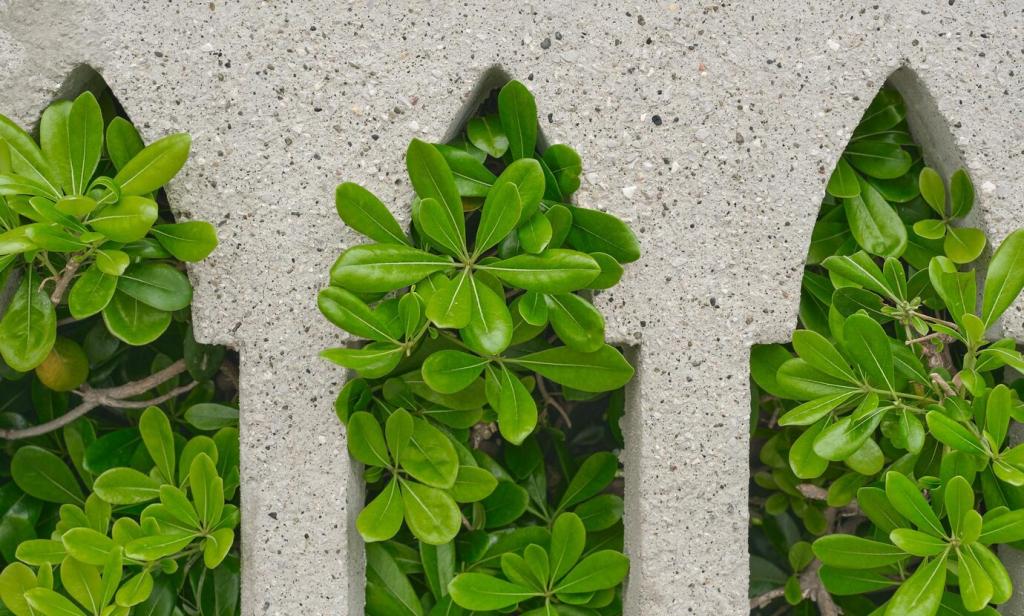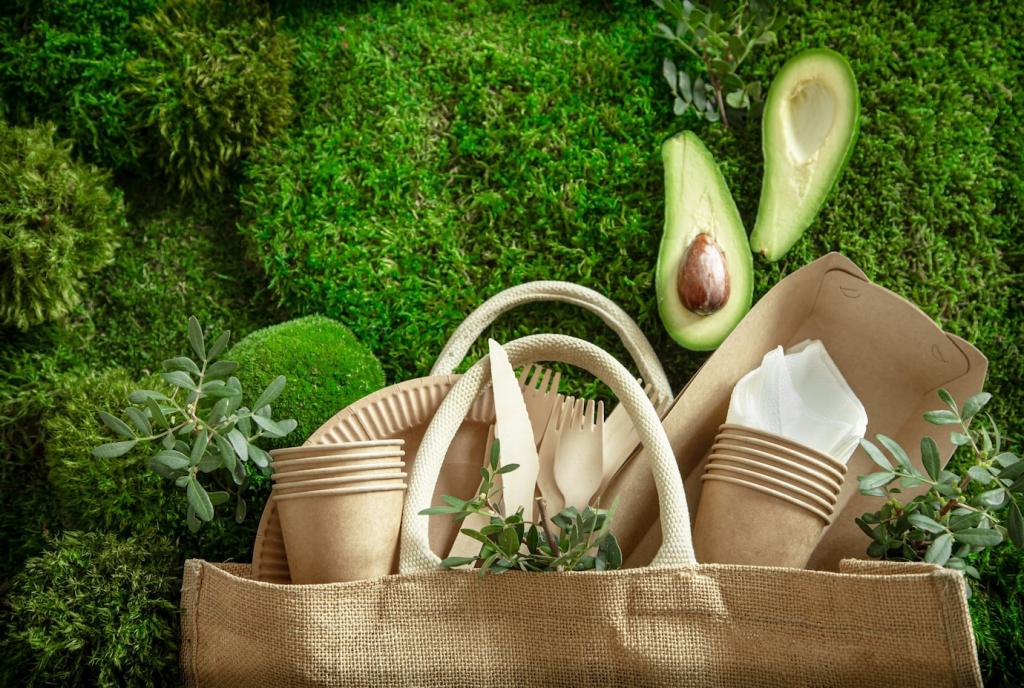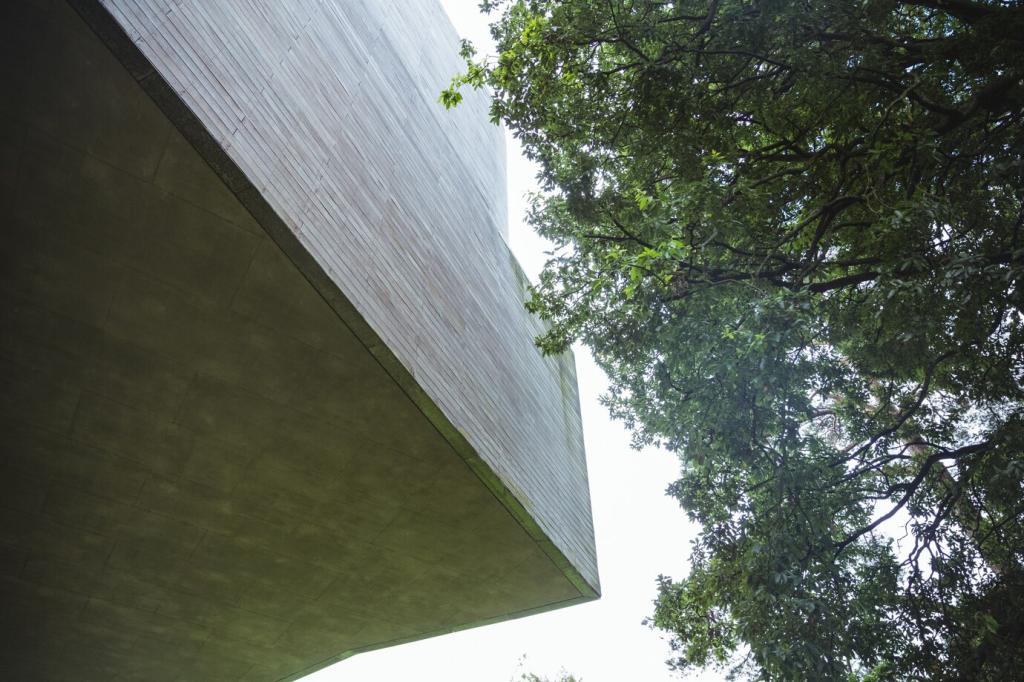
Repurposing and Upcycling in Dacha Renovations
Repurposing and upcycling have become central to modern dacha renovations, combining ecological awareness with creative design. Breathing new life into old materials, fixtures, and furniture can transform a summer retreat into a unique, character-filled getaway brimming with charm and functionality. This approach not only conserves resources and reduces waste, but also allows homeowners to infuse personal stories and inventive touches throughout their spaces. Embracing the ethos of sustainability, repurposing and upcycling invite dacha owners to celebrate heritage, express creativity, and contribute to a more mindful way of living. Discover how these practices are reshaping the experience and aesthetic of the contemporary dacha.
The Value of Upcycling in Dacha Design
Renovating a dacha with a focus on upcycling significantly reduces the carbon footprint associated with purchasing new materials. By reusing wood, metal, glass, and other substances destined for discard, homeowners prevent tons of waste from entering landfills. Reclaimed materials also minimize the demand for new production, which often involves intensive resource extraction and transportation. These practices preserve natural habitats and reduce pollution, all while curbing the energy used in the manufacturing process. As environmentally responsible choices become increasingly vital, integrating upcycled elements into dacha projects offers tangible benefits for both residents and the planet.

Furniture Transformation
Transforming old furniture is one of the most popular methods of repurposing within dacha renovations. An antique ladder might find new purpose as a bookshelf or towel rack, while a sturdy chest of drawers can be converted into a charming kitchen island or bathroom vanity. The process often involves refinishing surfaces, updating hardware, or combining elements from multiple pieces to create something entirely fresh and useful. By investing time and creativity into furniture transformation, dacha owners can overcome limitations of space, style, or budget, all while keeping beloved objects in use and out of the landfill. The result is furniture with soul—a testament to the resourcefulness and inventiveness of its creators.
Structural Reimagination
Repurposing goes beyond the realm of moveable items. Outbuildings, sheds, or derelict greenhouses can be reimagined as studios, guest houses, or cozy retreats. With careful planning, what was once a purely utilitarian structure can become a highlight of dacha life. Incorporating reclaimed timber, salvaged windows, or vintage doors into these transformations introduces character that new construction can rarely achieve. Each project requires a critical eye for structural integrity and potential, balancing respect for the original architecture with the functional needs of the present. These reimaginings not only extend the utility of existing assets but also reinforce the narrative continuity of the dacha itself.
Integrating Upcycled Elements into Outdoor Spaces

Repurposing materials for garden structures adds personality and resourcefulness to the landscape. Old railway sleepers can form the boundaries of raised planting beds, while weathered bricks and pavers might define inviting pathways. Even dilapidated fences or gates can be rebuilt as decorative trellises for climbing plants, supporting both aesthetics and ecological diversity. By integrating these elements, dacha gardens become layered with history and meaning, offering visitors a visual narrative of renewal. Structural upcycling in gardens is not only an environmentally responsible choice but one that transforms outdoor spaces into living expressions of the values that shape the dacha.
